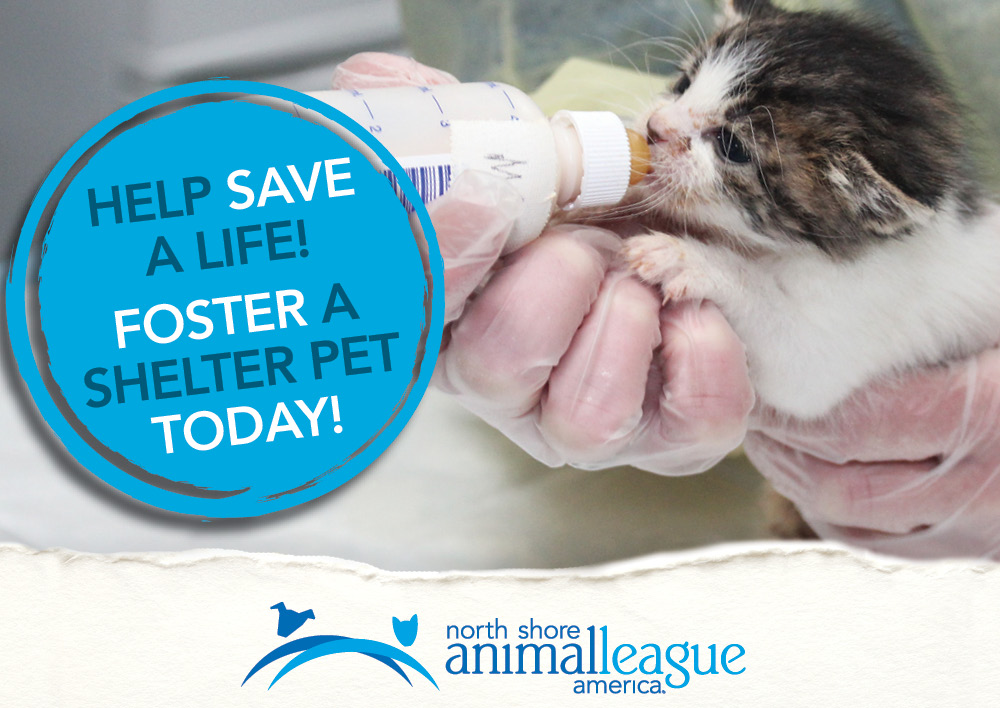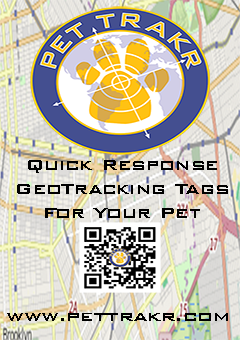How to Help Your Dog Now for Post COVID-19
Life to Prevent Separation Anxiety Issues

By Andrea Arden
Due to the unprecedented crisis of COVID-19 people are quarantined at home. Thankfully, many of us have dogs to help make our days a little brighter during this immensely stressful and challenging time. We all know about the studies that show the positive impact that sharing your life with a dog can bring. This includes, helping to lower blood pressure and anxiety, increasing levels of serotonin and dopamine (two neurochemicals that play a big part in calm and wellbeing), and helping us keep a sense of normalcy and routine in our lives.

Our dogs are surely thrilled to have us home all day and night. Dogs are social creatures by nature. Their preference for strong social bonding is a major part of why we find them so perfectly suitable as companions. It feels great to have a dog who is enthusiastic about wanting to spend time with us.
However, unfettered and constant access to their people sets a degree of reliance on constant social interaction and proximity that isn’t sustainable in the future when people go back to work and school. After getting into the habit of spending all day and night with their family, going back to the previous routine of people leaving the home for longer stretches of time can be perceived as a major life change to a dog. Life changes can cause a dog who previously showed no signs of separation stress to develop seemingly overnight.
How to Teach Your Dog to Self-Pacify
Help improve your dog’s quality of life now and in the future by helping them develop the ability to self-pacify. This is especially important for puppies and younger dogs who are in a critical period of their development. In addition to daily enrichment and training game activities, try to carve out some time every day to help your dog practice alone time skills that will serve them well in the future.
• At least five times a day for 5-10 minutes, have your dog tethered by a light leash to a stable object a few feet away from you. Be sure to give your dog a food stuffed chew toy to keep him happily occupied.
• If your dog isn’t showing any signs of concern or distress, gradually build up the distance you are able to move away from them.
• If your dog is crate trained, plan for multiple, brief crate rest sessions throughout the day. Again, be sure to give him a durable, food-stuffed toy as occupational therapy.
• If your dog isn’t crate trained and you have a crate at home, consider starting the process by feeding him meals in the crate, putting food-stuffed toys in there to encourage him to step in and hang out, and then working on brief bits of time in the crate with toys when you are right near by.
• Pick some things that you do every day (shower, clean the counter, do dishes) and pair those things with alone time for your dog. You’re definitely going to do these things and pairing a daily activity with alone time practice means you will be more likely to consistently provide your dog with practice time.
• Depending on your living situation (and how comfortable you feel doing so), practice going in and out of the front door.
• If you’re going outside for exercise, consider at least one short walk without your dog a day.
• Allow your dog at least one nap period a day away from you (either crated or separated by a baby gate, exercise pen, or door). This is especially important for people who usually work away from home full time.
• For puppies, more nap periods alone in a crate, confinement area, puppy-proofed room, or with a visual barrier is prudent to ensure the puppy is comfortable being left alone for solid periods of time. Multiple, brief practice sessions help build strong learning muscles.
Dog Stress and Anxiety
It’s important to recognize alone-time frustration and anxiety even at its lowest level. Early intervention is far easier than when your dog has developed a more deeply rooted and extreme unease with time alone. The fear of being alone often causes disruptive (excessive barking) and destructive behaviors (chewing inappropriate items) behaviors. When separation anxiety develops, the dog is suffering, the family is suffering, and nearby neighbors may be affected as well.

If your dog is showing signs of stress, you should contact a dog training and behavior expert to help you via virtual training. Having the support of an experienced professional trainer can help resolve existing behavior issues more effectively and efficiently.
At Andrea Arden Dog Training, we have begun virtual dog training with group and one-on-one sessions, to help pet parents continue to teach, bond and have fun with their dog. Current conditions require creative solutions, because our dogs’ education should not be on pause.
This is a very stressful time for all of us. Make time each day to interact with your dog in ways that are enriching and fun for you both. Balance this with making time each day to interact with your dog in ways that serve to support them in the future as it relates to being able to spend time calmly and quietly alone and their overall behavior and manners.
There is no better time to be grateful to our dogs for their companionship and love. Take as many moments each day as possible to do something with them that they love as a way of thanking them.












